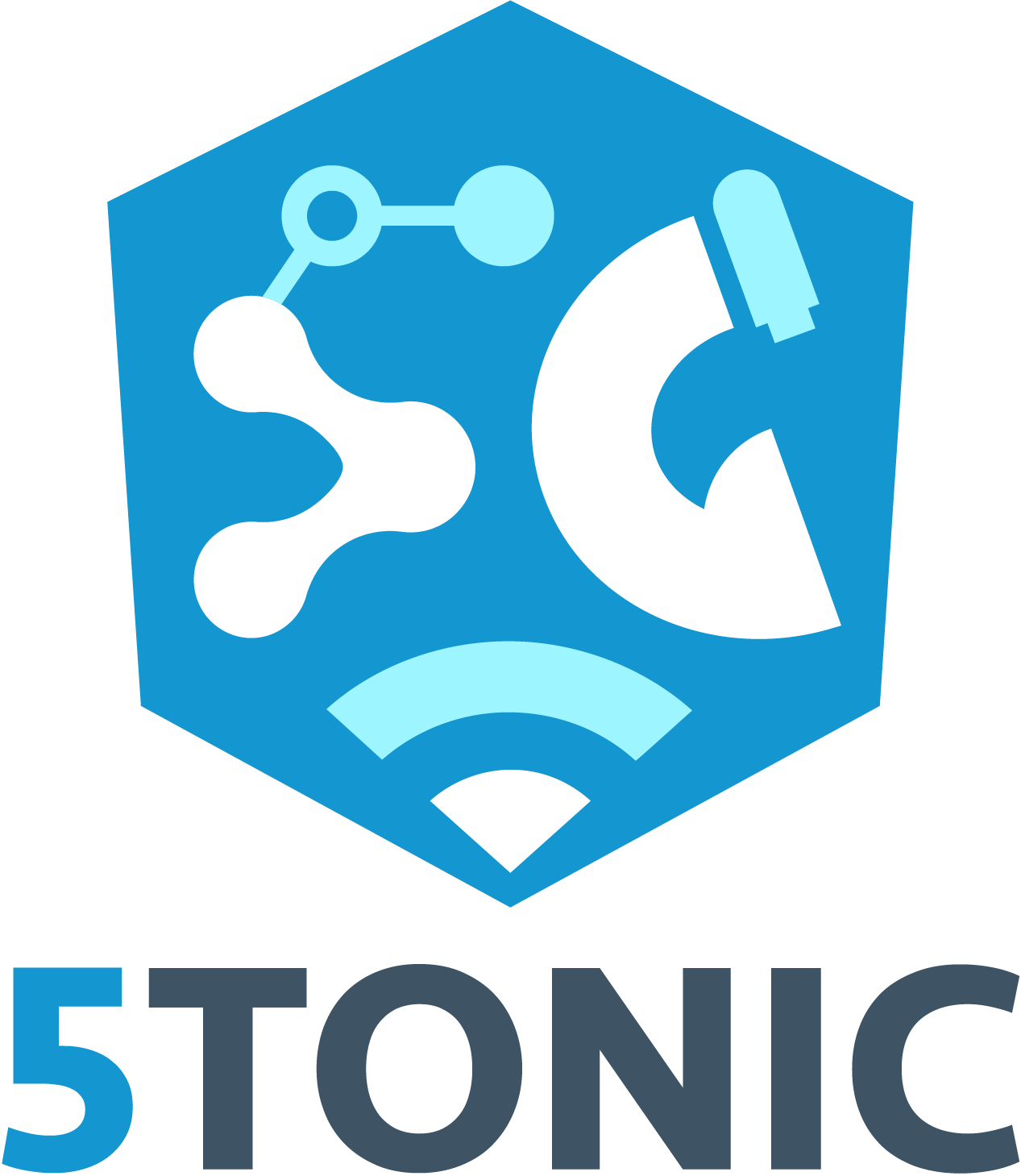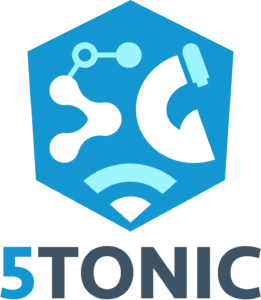5G Demos & trials
NFV developer sessions
Start Date
End Date
Involved entities:

Description
Network Functions Virtualization (NFV) is currently one of the most revolutionary technologies in the ICT sector. NFV can be defined as the principle of separating network functions from the hardware they run on by using virtual hardware abstraction (definition taken from ISG NFV under the ETSI Standardization organ).
With a view to introducing more professionals and students to this intriguing research field, University Carlos III of Madrid opened the doors for a two-day workshop in June 2015. The workshop was first and foremost intended for Developer profiles, and thus largely enters into detail about technical aspects and foundations, providing a practical training to configure a NFV environment and learning the use of the main toolkits for the development of virtualized network functions. The final goal was to achieve the ability to develop an example and to be able to test it into a NFV environment and even deploy it over the Telefónica NFV Reference Lab.
Although the workshop was only for two days, we managed to provide a deep insight and understanding of these NFV technologies. It should also be underlined that the NFV Developer Sessions of the training program was designed for developers with knowledge or background experience in the fields of basic C, basic Linux, Virtualization technologies, basic networking knowledge, and basic knowledge on computing.
Program
DEVELOPER SESSION # 9 June: NFV FUNDAMENTALS
09:00 Introduction to NFV (TEF)
- What is Network Virtualization
- NFV & SDN
- Network Virtualisation vs. Cloud Computing
- ETSI NFV architecture
- NFV Performance
- Common bottlenecks: Memory, cores, IO, Numa awareness
- SRIOV, Passthrought, Large pages
- Demo, NFV vs Cloud
09:45 Introduction to OpenMANO (TEF)
- openmano vs. ETSI NFV Architecture
- openvim:
- VM and SDN management
- openvim vs openstack
- openmano
- VNF descriptor
- Scenario descriptor
- Scenario instantation & live cicle
- openmano-gui
10:30 Break
10:45 Introduction to DPDK and Hardware
- Why DPDK – PMD vs Linux interrupt driver, memory configuration, user space.
- Licensing
- Memory IA – NUMA, huge pages, TLBs on IA
- Memory DPDK – mem pools, buffers, allocation etc.
- Caching handling, DDIO
12:05 Break
12:20 New Hardware features intro – CAT, COD on Haswell
- Run to completion vs Pipeline models
- Lockless queues
- DPPD intro
13:15 Lunch Break
14:15 Additional DPDK theory
- DPDK libraries intro
- DPDK sample apps, DPDK skeleton apps (2.0)
- Load balancing / packet scheduler libs, packet distributor
- Pktgen – on dpdk.org
- DPDK Virtualisation – Pass-through, SR-IOV, Qemu & KVM, & DPDK VFs, Virtio PMD
15:45 Configuring a compute node for NFV
- BIOS setup
- IOMMU TLB cache support
- Enabling IOMMU
- Enabling hugepages
- CPU isolation
- Deactivating KSM
- Enabling SR-IOV
- Pre-provision of Linux bridges
- Additional configuration to allow access from openvim
- Compute node configuration in special cases
16:15 Break
16:25 OpenMANO: set up and usage
- Installation process
- Initial setup
- Openvim and running modes
- Openmano
- Openmano-gui
- OpenMANO usage
- Openvim client
- Openmano client
- Openmano-gui
17:10 Upcoming useful features – DPDK roadmap
- Dpdk.org – mailing lists and community
- Q&A
17:30 Closing
DEVELOPER SESSION # 10 June: NFV PRACTICE
10 June – (Building 4 – Torres Quevedo) – Laboratory 4.1.B01 and 4.1.B02
09:00 Brief Refresh from first day
09:30 Building local development environment with OpenMANO
- Configure openvim, add network, compute host
- Configure openmano, add tenant, datacentre
- Create VNFs, scenarios
- Openmano-gui
- Scenario creation
- Scenario deployment
- Openmano-cli
- Scenario creation
- Scenario deployment
11:00 Break
11:15 DPDK hands on session
- Compile DPDK sample applications – VMs on client
- Compile and test L3fwd applications
- Up to the point of being ready to use pool of resources.
12:15 Break
12:30 Pipeline architecture and rationale
- Pipeline design & scaling
- Network builders & 01.org reference app
13:30 Lunch Break
14:30 OpenMANO demonstration/practical in local pool of servers
- Image copying
- Adding a new datacenter to openmano
- VNF and scenario creation
- Scenario deployment, running Pktgen and checking
15:30 Profiling tool analysis
- Intel ® vTune
- Open Source
- PCM, Numatop
- DPPD
- Q&A
16:30 Break
16:40 Deployment in Telefonica’s environment
- Launching a selected image in Telefonica Ref Lab
- Scenario run and checking
17:30 Wrap-up
17:45 Closing
Impact
Achieve the ability to develop an example and to be able to test it into a NFV environment and even deploy it over the Telefónica NFV Reference Lab.
Collaborate with us
If you are interested in collaborating with us please fill out the following form, and we will get in contact to provide you further information.
Contact
+34 91 481 62 10
+34 91 481 69 65
We are here
5TONIC - IMDEA Networks Institute
Avenida del Mar Mediterráneo 22, 28918 Leganés (Madrid), Spain
Error: Formulario de contacto no encontrado.


